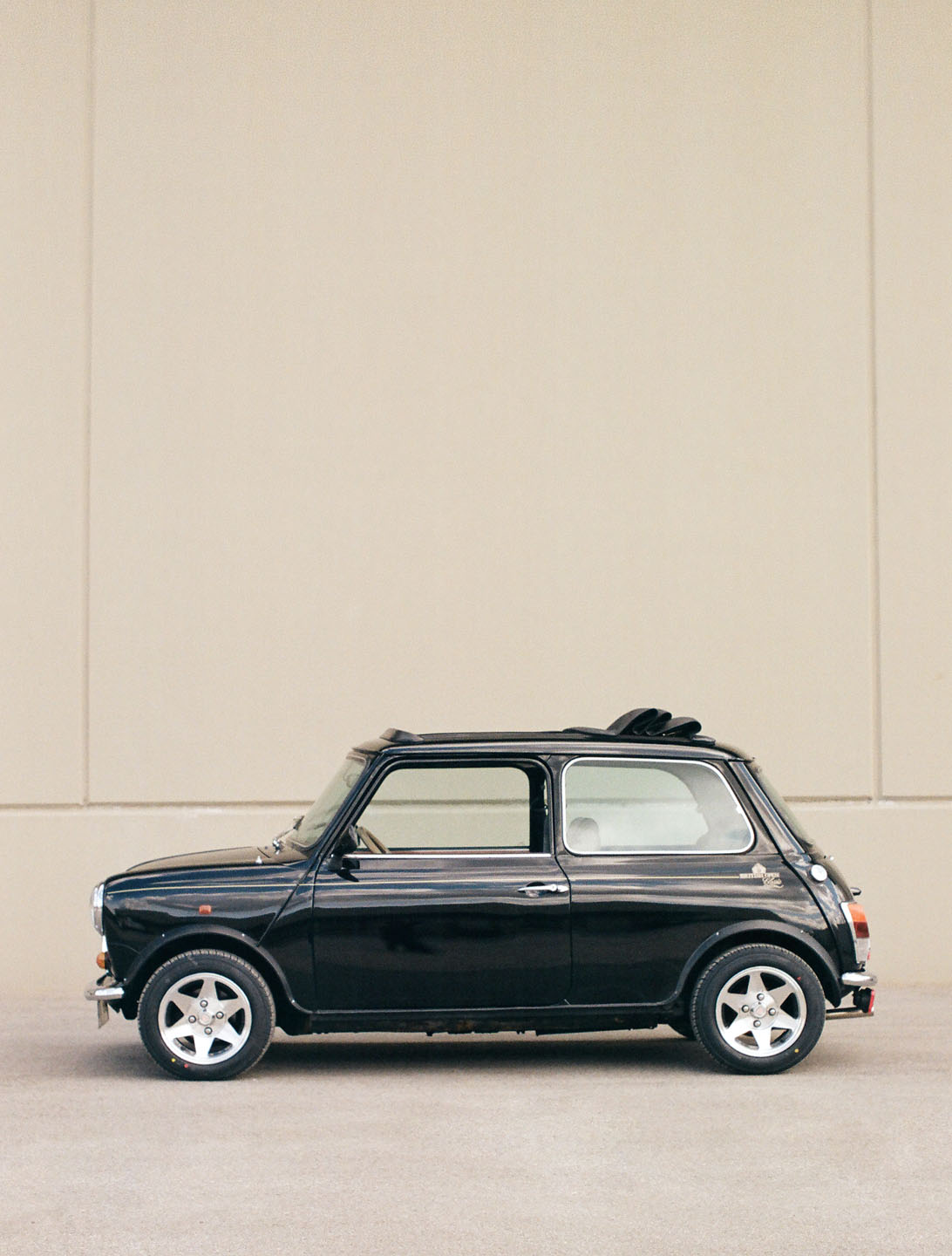“I think anyone can look at a Mini and just get it,” says Phil Ogilvie, co-founder of Steveston Motor Co. “Everybody from enthusiasts to kids knows what it is.”
Steveston Motor Co (SMCO) is no longer located in Steveston but sits on a corner on Mitchell Island, surrounded by scrapyards, concrete warehouses, and a lumber dealer. It’s not a huge shop, but the place is frankly lousy with original Minis. They are stacked on lifts, packed cheek-by-jowl inside the front door, and a half-dozen or more sit clustered in a small fenced-in front yard.
But even surrounded by its litter mates, SMCO’s latest project stands out. It is bright orange, swathed in carbon-fibre aerodynamic enhancements, and squats bow-legged with fender flares over custom-ordered wheels. It looks like a bulldog, the kind you ask twice about before petting. Does your dog bite? Are you sure he doesn’t?
Under this carbon-fibre hood is one of SMCO’s most recent innovations. It’s not the engine, a Honda 1.6-litre four-cylinder sourced from a 1990s Civic Si. Rather, it’s the subframe packaging that cradles that engine. “It’s built around serviceability,” Ogilvie says. “You can unbolt the lower section to easily drop the engine if, for instance, you need to replace the clutch.”
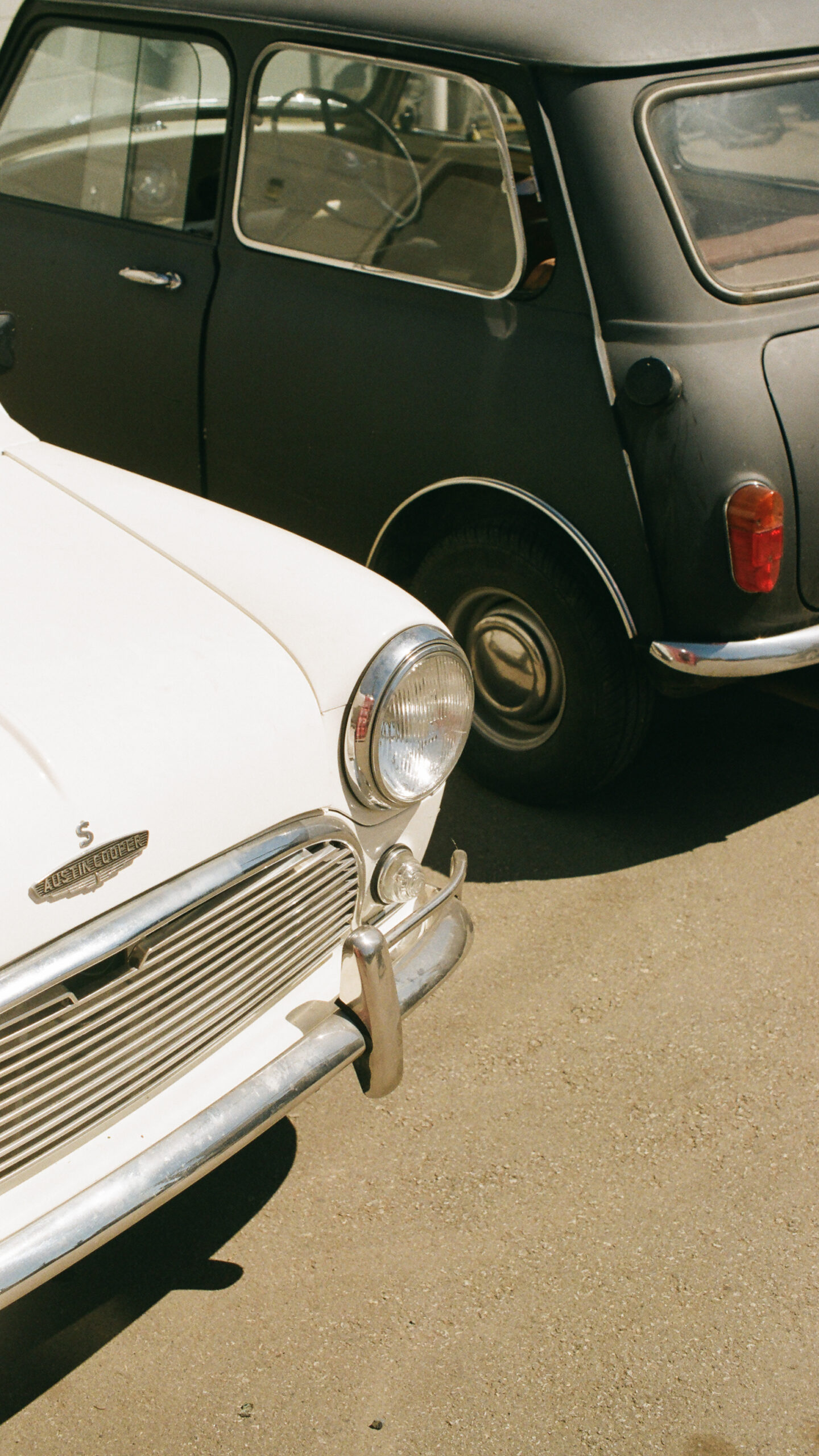
Rebuilt by a local Honda specialist, the 1.6-litre engine is good for around 165 horsepower, roughly triple what an original Mini’s four-cylinder could put to the ground. Further, SMCO’s creation has a five-speed gearbox for less frenetic highway cruising, upgraded suspension geometry, and various ergonomic tweaks to make it feel less of a 1960s anachronism. It wouldn’t be right to call it a hot rod, despite the wild looks. SMCO’s target is to keep the balanced driving feel of an original Mini while expanding its performance envelope to work in modern traffic. And if you want a Mini with this much performance that looks factory unmodified, SMCO’s catalogue of parts will let you quietly tuck Honda power underhood without a hint on the outside.
The original Mini, introduced in 1959, was only ever supposed to be a practical little family car for fuel-starved postwar Britain. But thanks to the on-screen car chase of The Italian Job (1969) and real-life rallying success, it became an unlikely performance hero. After filming The Great Escape across the Atlantic, Steve McQueen and James Garner brought home Mini Coopers—the faster version—to California and would race each other around the canyons.
Despite being the sort of car almost anyone could afford, the Mini had style and panache. Light and nimble, it was far more fun to drive than some of the lumbering domestic sedans and coupes of the 1960s and 1970s. Even so, the Mini eventually disappeared from Canadian showrooms, though it was still sold in the U.K. and Japanese markets, in the latter until 2000.
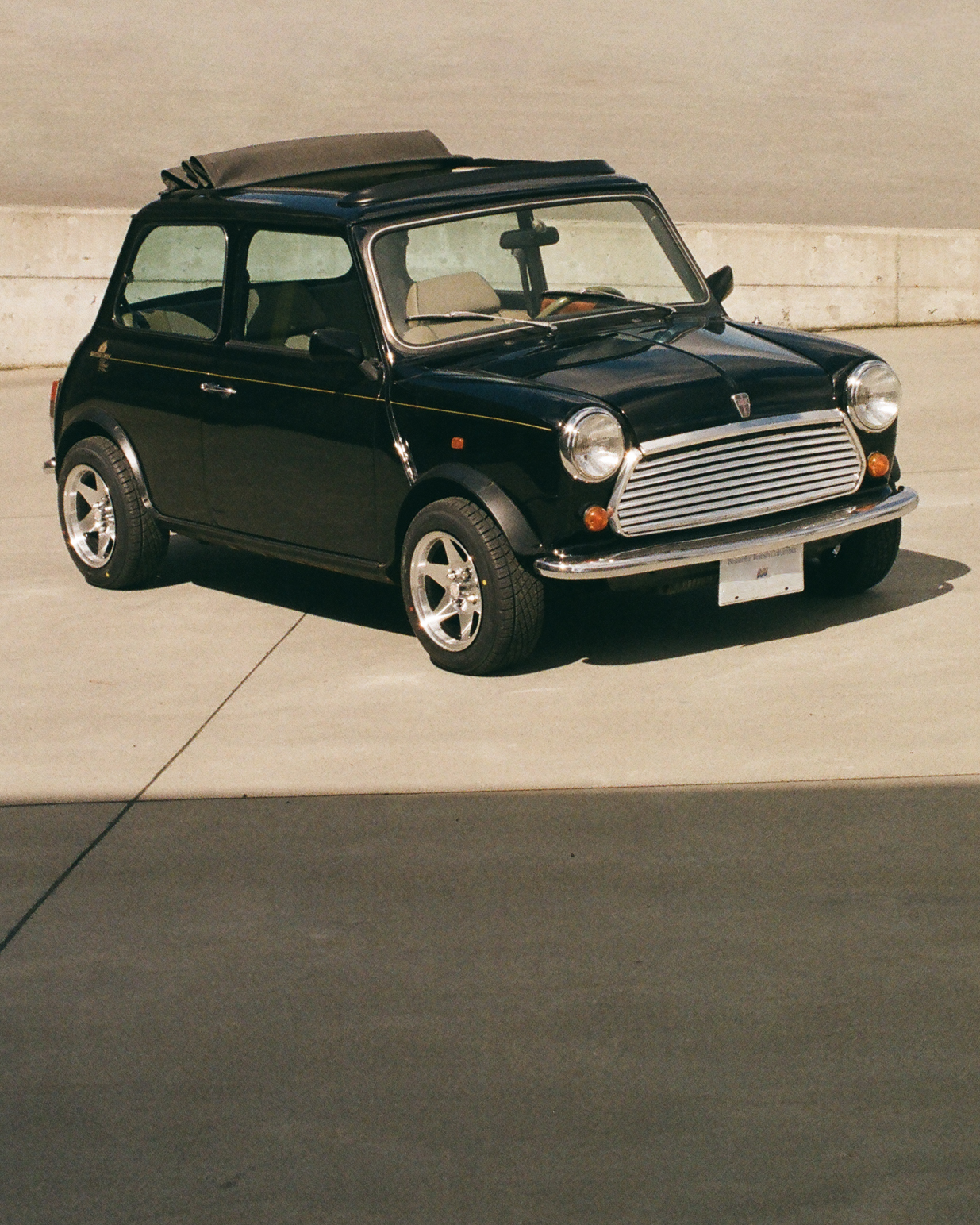
The incredible popularity of the Mini in Japan is key to SMCO’s business. With Japan’s strict regular vehicle inspections, original-condition Minis are pulled off the road and sent to auction every year. Co-founder Marco Li, a designer with roots in the animation industry, points out that for some of SMCO’s builds, the donor vehicle is being saved from the crusher. “It’s a little like upcycling,” he says.
SMCO usually begins with a later automatic-transmission Mini, as the powertrain will be replaced anyway. Stripped to a bare shell, each project is bespoke to the customer’s requirements. Ogilvie says a future goal is to build projects to SMCO’s own tastes, because sometimes the back and forth over small details takes up most of the time. Since the company’s founding in 2016, it has completed 20 full builds.
While modern technologies like digital design are part of these projects, every member of the team is hands on. Krys Le joined the team more recently but has owned a Mini since 2016. Master machinist Adam Trinder shares shop space with SMCO and is also its fabricator—his company AMT Machine Shop collaborated on the orange-clad bulldog. His personal projects can be even more crazy: he once installed a Kawasaki motorcycle engine in the back seat of his own Mini, converting it to rear-wheel drive.

Among the cars being worked on today in the shop is a more vintage-style Mini build, featuring tweed-lined racing bucket seats and period-look instrumentation modifications. That car is bound for Texas, while the wild little orange number is heading to New York. Though SMCO does build for locals and has also supplied and advised other shops with less Mini expertise, it has a surprisingly widespread reputation.
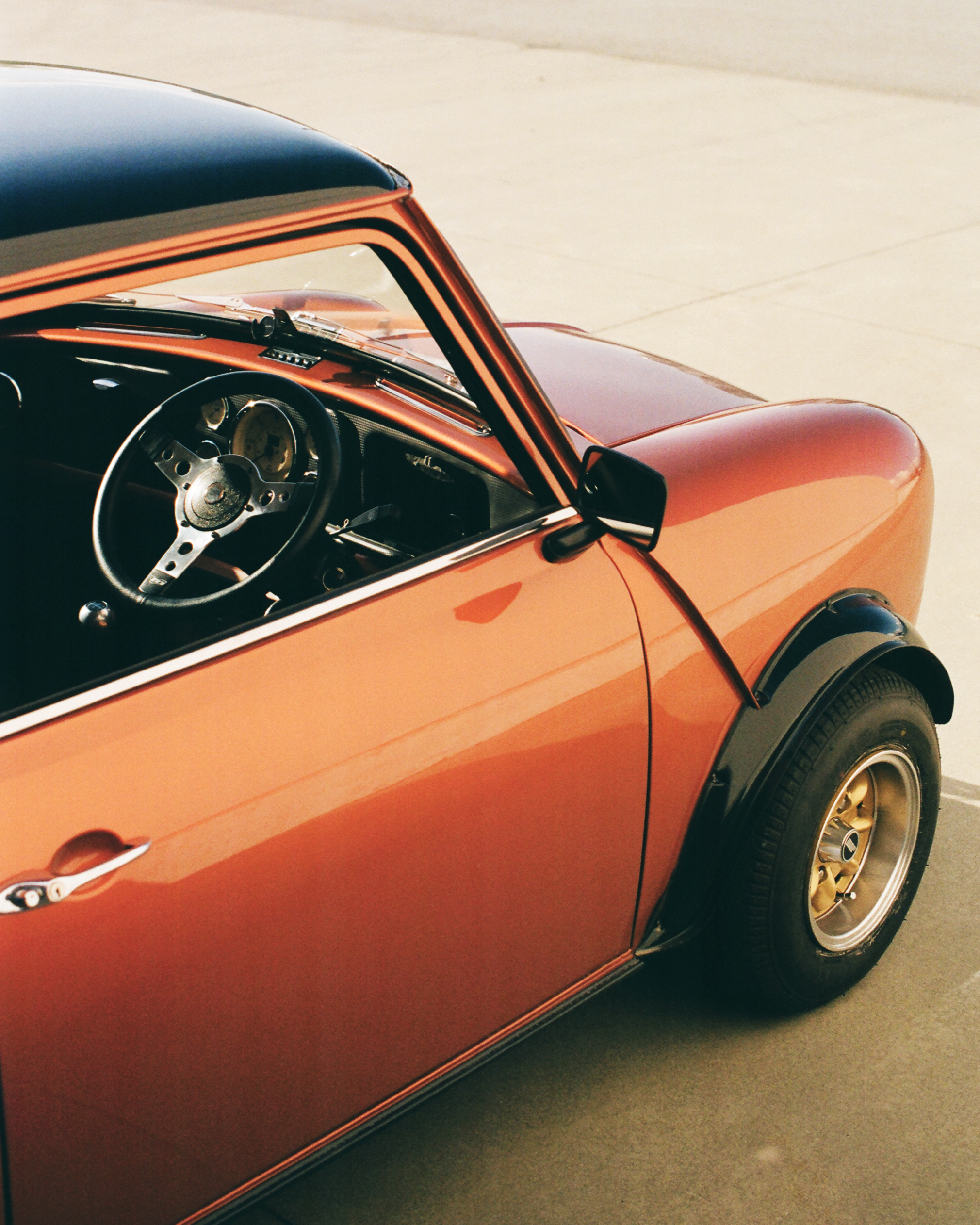
Rather than old-fashioned word of mouth, some of that reputation is down to the short films SMCO produces about its projects. These are as polished as the cars themselves, little snippets of enthusiasm anyone can enjoy, even if owning a classic Mini is still a dream. One of the most recent has Li and Ogilvie popping out for a coffee break in two of their Honda-powered builds, one Mini fashioned like a 1960s racer, the other a more streetwise model.
Both look like a ton of fun (well, half a ton, anyway): much faster than an old Mini, the same friendly character, and none of the occasional recalcitrance of an old British car. The Honda engine is also fully cast aluminum rather than the heavy iron found in the smaller original Mini engines. The modified cars thus weigh almost exactly what the originals did, within a pound or two.
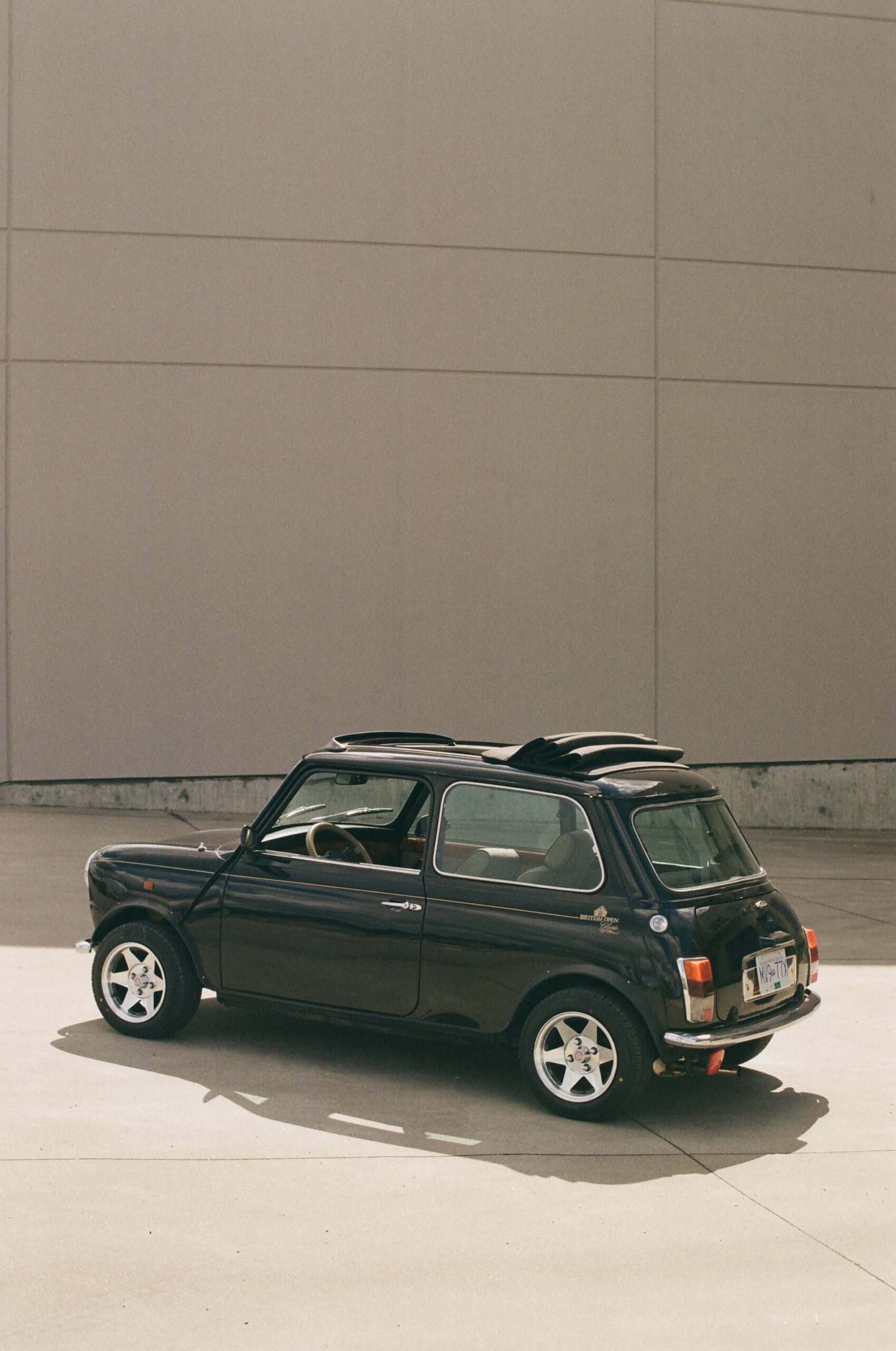
This airiness does mean that, by weight, these reimagined Minis aren’t cheap. Like truffles, caviar, and gold dust, they are pricey by the gram. But where a reworked Porsche 911 can stretch to seven figures, an SMCO-built Mini is priced more like a lightly used Boxster. They are not quite the everyman bargain the original was, but as rip-snorting versions of a beloved classic car, they are very special.
Read more from our Winter 2023 issue.

